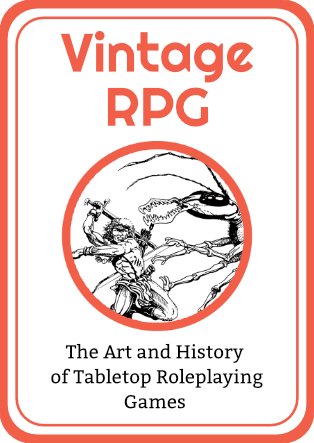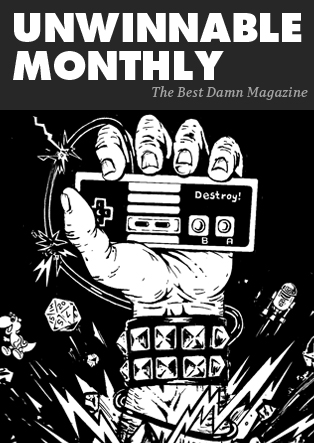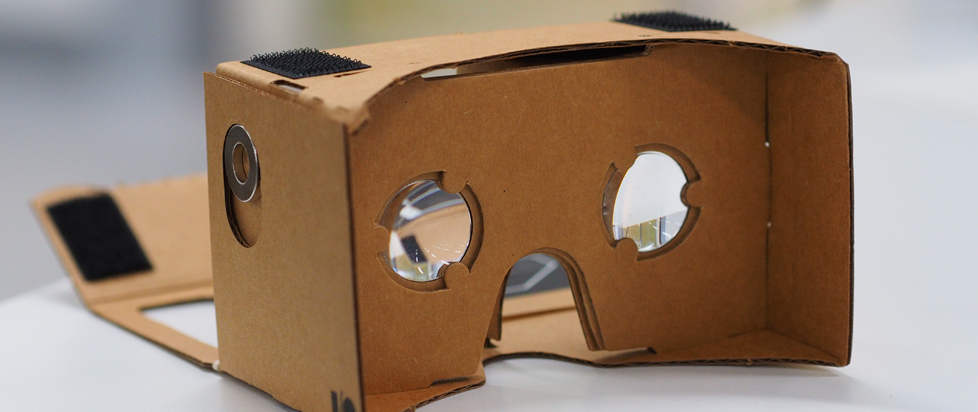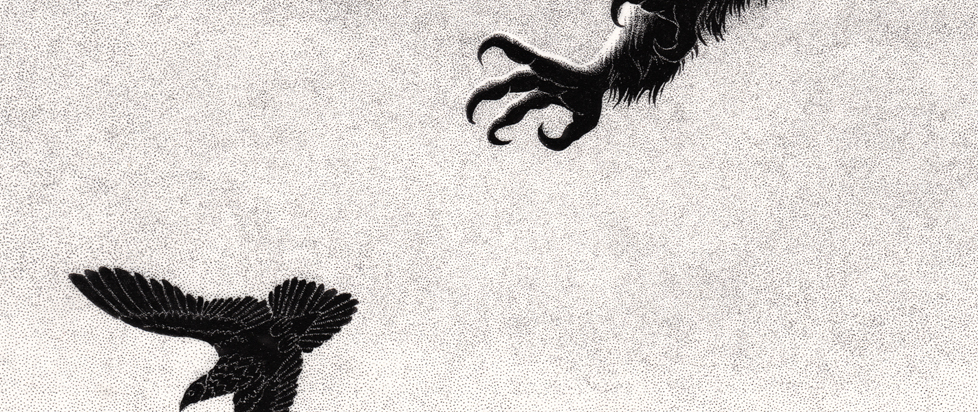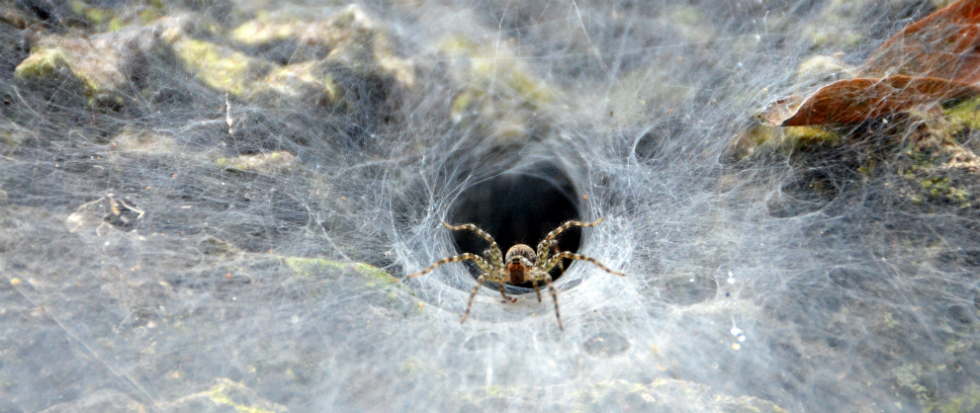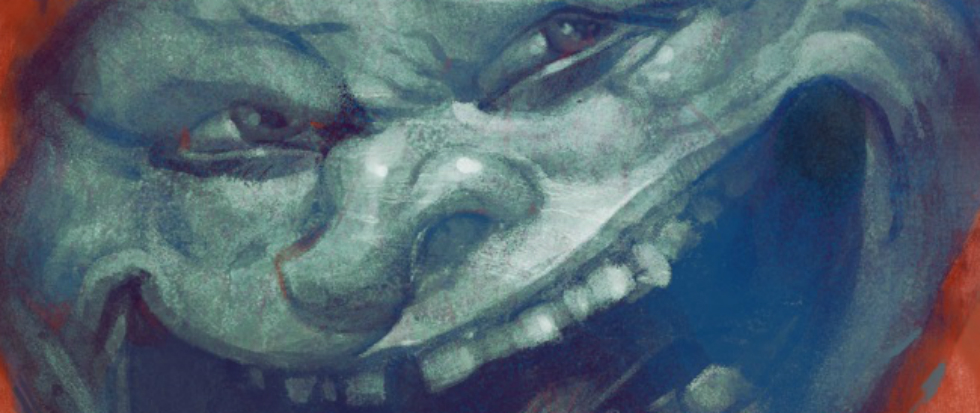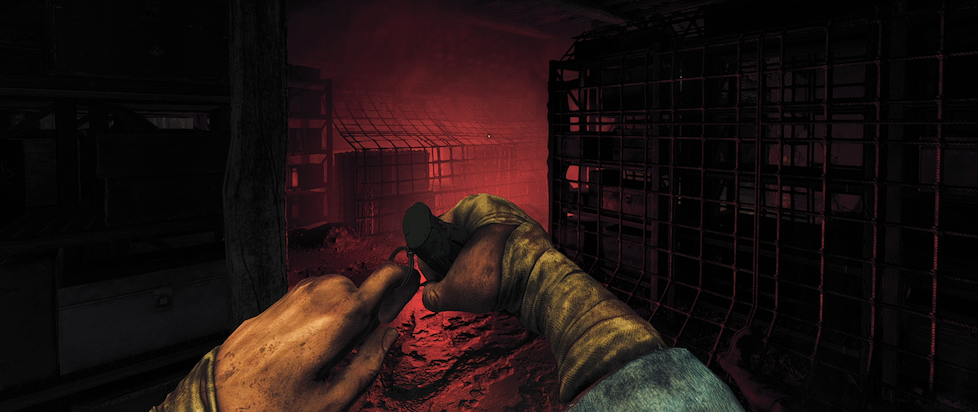
I Want More Historical Horror
A hundred years and some change later, the horrors of World War I lie dormant in literary memory. References to it, especially in comparison to World War II, are sparse. It’s a harder war to take pride in, at least in the pseudo-fascistic way wherein blood and suffering is all paid for with great moral righteousness. The suffocating entanglement of alliances and mutual defense clauses that directly led to the war had few human benefactors. Primary sources tell us of the great meaninglessness of trench warfare. Thousands of men died in no mans’ land for mere feet of progress.
Modernism as a literary genre is in part an attempt by veterans to cope with archaic notions of “noble combat” robbed from them by mud and gas, and I don’t think that element is focused on enough. In university I hated this era until I viewed it specifically as broken people stringing together pieces of a reality that no longer seemed consistent with itself. That note of empathy did everything.
I’ve talked before about the connections between horror and social commentary – the ways in which monsters reflect the anxieties of their time through symbols. I stand by this, but to say that this is their only impact is to suggest that monsters and villains are disposable and bound to a historical moment. Connecting vampires to the wealthy, obsessed with noble blood and the innermost affairs of distant castles, was true centuries ago but these details resonate with the abyssal ghoulishness of Musk, Bezos, and their ilk.
When our pop culture so often glorifies war, and particularly WWII, we lose out on the horror that comes with extending empathy to the humans we are fighting against. One of the world’s best-selling game series exists largely to promote US and Western Interests through stories of hypercompetent, buff soldiers. So often Germans, Russians, North Koreans, and Middle-Easterners are digital targets robbed of their dignity. The psychological toll of taking another life – even one singular time – is wiped away and made insignificant because they are evil. Perhaps that dehumanization plays a role on both sides.
A game like Amnesia: The Bunker, forces us to wallow in the horrors of our first “modern war.” And it does so without forcing us to kill any enemy soldiers.
War makes monsters of all involved. And Henri Clement is alone in a bunker with a man robbed of every shred of humanity. Of course, The Beast is real to Henri, a direct result of the Harvester Mutagen from Amnesia: Rebirth. This does not mean that he cannot also exist as a literalization of the horrors of the war.
The Bunker’s tutorial takes place in the trenches, the roar of heavy rain interrupted only by the interjections of distant gunfire, blasts, and the cries of the dying. Before the failed patrol that seals Henri in the bunker, we are instantly in the mire with him. The horrors are made all the worse knowing what lies beyond. The beast is but one monster who has openly shed his humanity – there are far more out there that are far more unassuming.
In the narratives about World War I, I’m always haunted by the rats that lie in wait for the dead. Time and time again we hear that the sound of scurrying rats was common. The rodents would eat the dead regardless of creed, and nip at the living. Trench foot was a death sentence for many reasons, but the smell of necrotic flesh attracted an enemy conventional war cannot neutralize. Bodies in no man’s land were robbed of every shred of dignity by rats emboldened by our own violence.
The details are so horrific as to seem fictional.

Save for the Beast, and one special encounter in the late game, Henri’s only living antagonists are the hordes of trench rats still gnawing on corpses and following the stench of blood. These rats may be emboldened by their exposure to supernatural mutagen, but on a base level their horror is one that was very much real. The sound of gnawing rats activates twin horrors – the grotesquerie of the situation and the dread of knowing that Henri will have to work around them. Experiencing an extension of that primal terror in game brings me closer to understanding the world-breaking horrors the Modernists write about far more than powerpoints or their own baroque texts.
I feel compelled to segue in two separate directions, so I will conclude with the more potent one. However, I would be remiss if I did not also note that grounding horror experiences in the past also insulates them from the banal criticism that so often dismisses the essential fear factor. We may be staring down the barrel of a catastrophic lapse in media literacy, but more often than not audiences want savvy characters who have some scrappiness about them. Our modern world is so deeply connected and plugged in that slasher movies set in the modern day have to tie knots around themselves lest the audience ask why our Final Girl doesn’t simply call an Uber to flee the killer. This is not always a bad thing given our modern fear of losing our digital connection even for a moment, but I personally loathe when a piece of media has to give me an aside ahead of those details.
Games like Outlast fixate on enforced powerlessness, and even the prior Amnesias reveled in robbing the player of their usual tools. The Bunker gives us a revolver that can kill a man but not much else, and otherwise forces the player to improvise. Its immersive sim elements help to characterize Henri and further connect us to his plight. Surviving is not simply quick reflexes – it is instinct, improvisation, and a willingness to lose a battle to win a war. My bullets may be better spent blowing a lock off a door than taking potshots, and fuel may give me light but it also may clear rats from narrow hallways. Every decision involves wrestling with the choice between progress or safety. I never felt like I had enough of anything to use it, and each bullet was a sacrifice that made me wonder if I’d just sealed my fate twenty minutes down the line.
Horror games are at their most effective when small bursts of power are neutered by their scarcity (see Alien: Isolation for a master class in this).
Now, I digress; we cannot lose sight of the fact that our shared past is directly connected to our shared fears. The dark has been an enemy since our emergence, both for what lies within and what cannot. Interactive media has the power to connect us to people all across the world, and across time itself. After all, it is a form of literature, whether you perceive it that way or not. That might be one of its biggest strengths – the ability to sneak under the radar in sharing a more hopeful and connective way.
I think about how photos from the Civil Rights Movement are often made black-and-white despite being taken in color to make the past seem further away, more separate from our current events and the systems still fighting against diversity, equity, and inclusion of all of us. When our depictions of the historical past are locked to very few specific eras: World War II, Feudal Japan, the Middle Ages, we lose out on the breadth of shared human experience. We allow our history to be banished to the depths of academia and our pop culture to be saturated with works that emphasize our distance from our past rather than our existence as a direct result of those that came before us.
I want horror games where first-century Christians navigate Roman catacombs. I want games that share African folklore with me from all across the continent. I want games about the Winter War and the revolutions all across the colonized world. I want narratives about the Sumerians and their less-than-quality copper merchants. When history is made distant from us, our empathy for our forebears and our ability to connect our material present with the material past is carried away as well.
———
J.M. Henson has been playing video games since Doom II at the age of four, and hasn’t shut up about them since. You can find him on Bluesky posting very occasionally.
